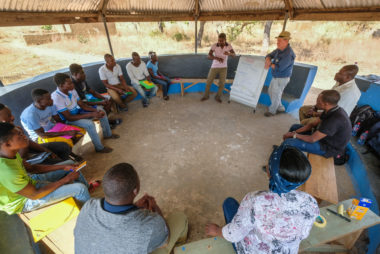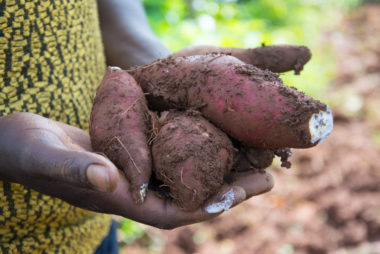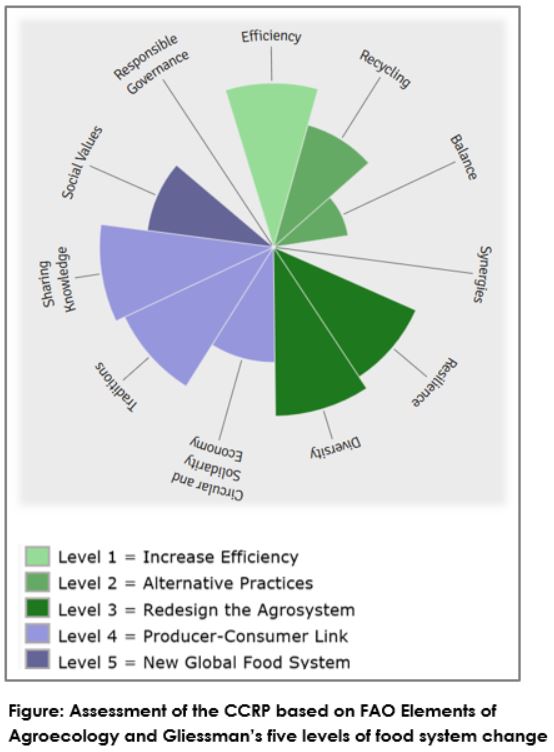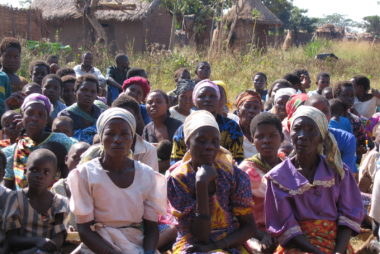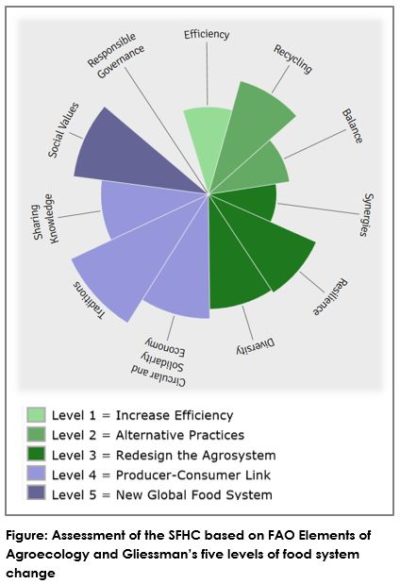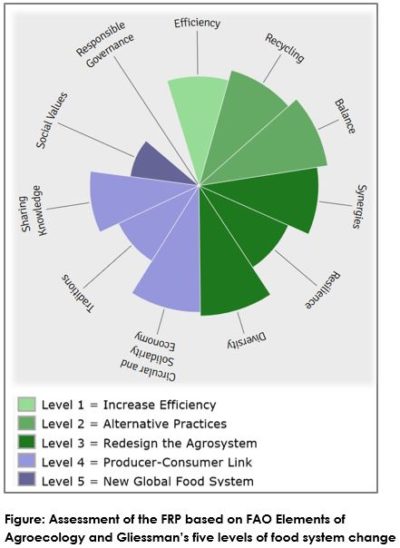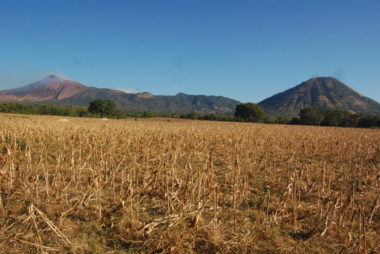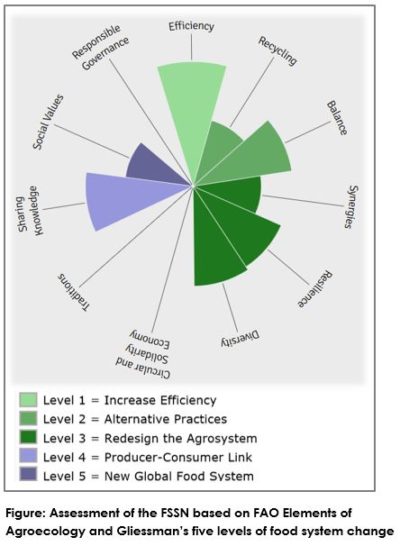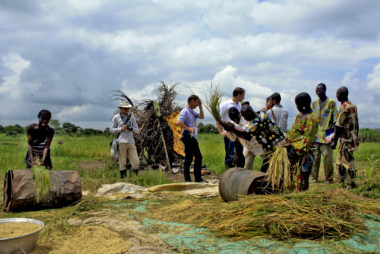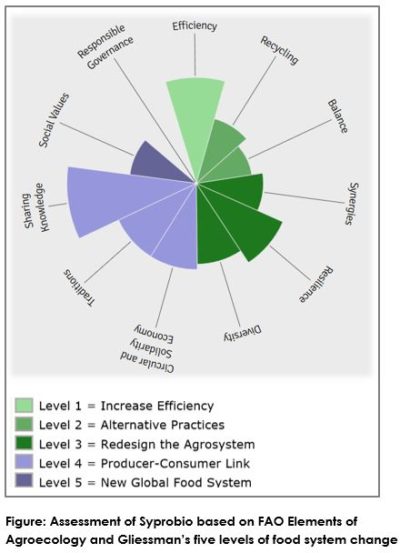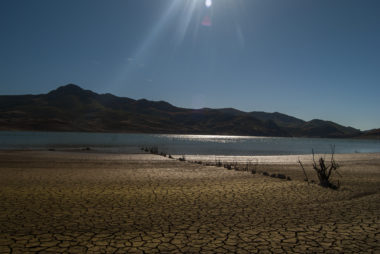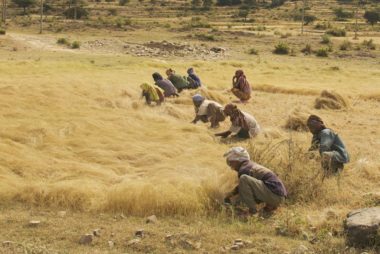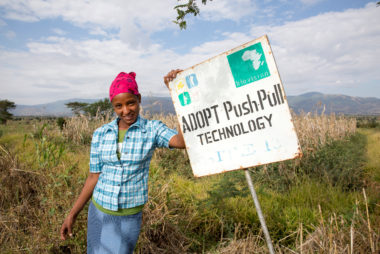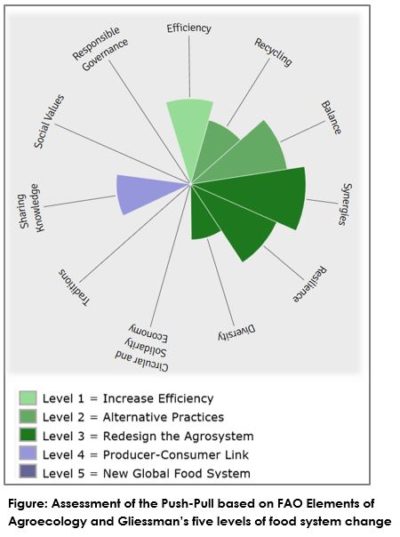Agro-Ecological Transition in the South
Category:
![]()
Implementing Organisation:
CIRAD (French Agricultural Research Centre for International Development)
Period:
2003 – now
In a nutshell
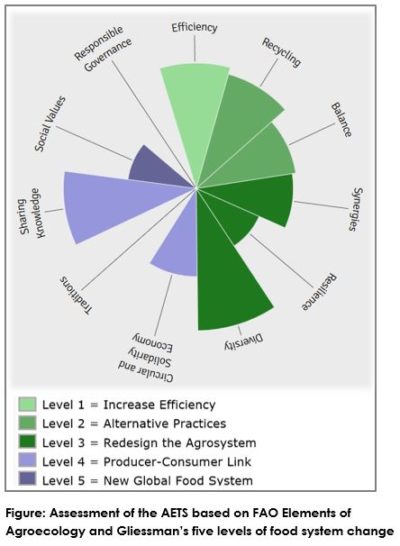
CIRAD identified agroecology as one of its top research priority, focusing on how agro-ecological systems function and assessing their capacity as credible alternatives to conventional production models.
CIRAD’s work on agroecology encompasses several organizational levels – plant, cropping system, farm, rural organization, value chain and territory. Three key research topics were identified: making use of biodiversity, designing systems and supporting transition.
Its research approach associates diagnoses, knowledge generation and use of local know-how, capacity building and support of innovation processes.
CIRAD is building novel interdisciplinary expertise and operational solutions to ensure the agro-ecological transition in farming systems in the South.
Context
The biophysical conditions in which Sub-Saharan agriculture is practised are notable for their contrasting climates (droughts or too much water), conditions which favour pest development, and poor, fragile soils. For a variety of reasons, it is often difficult to apply conventional intensification solutions in the poorest countries. These include rapid population growth, the withdrawal of the State, the influence of the globalized agro-industry, the lack of investment and inadequate services. Sustainable production methods need to be developed which not only take into account those constraints, but also make the most of opportunities: markets, resources and local expertise.
Objective
CIRAD workstream on agroecology aims to understand the biophysical mechanisms and interactions at play within farming systems to boost natural regulation processes and resource use efficiency.
They also seek to design locally adapted agro-ecological production systems and assess their performance.
As CIRAD has many local partners, another important goal is to support transition to agroecology with the help and involvement of multiple stakeholders.
Research
Farm level:
- Replacing synthetic inputs like fossil fuels, fertilizers and pesticides
- Improving the use of natural resources by using inter-, cover- and service crops
- Encouraging agroforestry, rotations and crop-livestock systems to increase synergies
Regional/national Level:
- Participatory breeding systems
- Cutting marketing and transaction costs to speed up agro-ecological transition
- Connecting research findings and local knowledge to achieve practical, efficient solutions
Lessons Learned/challenges
One challenge is how to organize the continuous transition from conventional agriculture to agro-ecology and how to deal with the extra costs that come with it. Additionally, one needs to pay greater attention to labour productivity and to improving working conditions, since the agro-ecological transition is often labour-intensive and based on practices that involve taking extra care of crops.
Relevant Links & references
- AFD & CIRAD 2018: “Supporting the Agro-Ecological Transition in the Global South – Feedback on the experiences of CIRAD and AFD”
- CIRAD: “Agro-ecology”. Website
